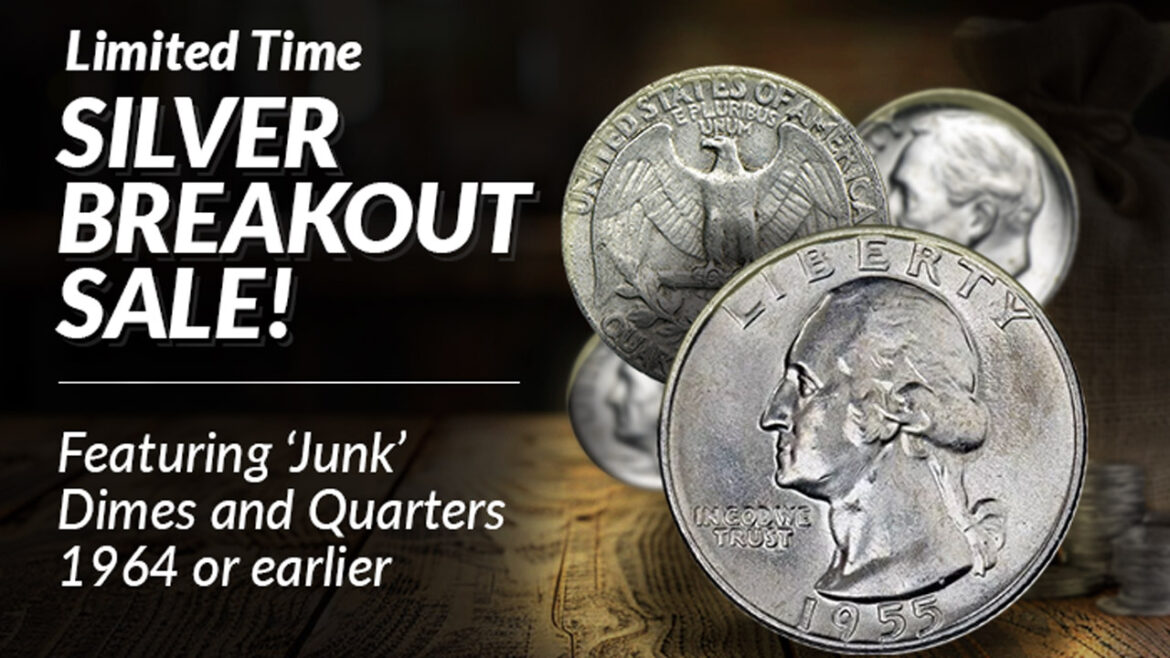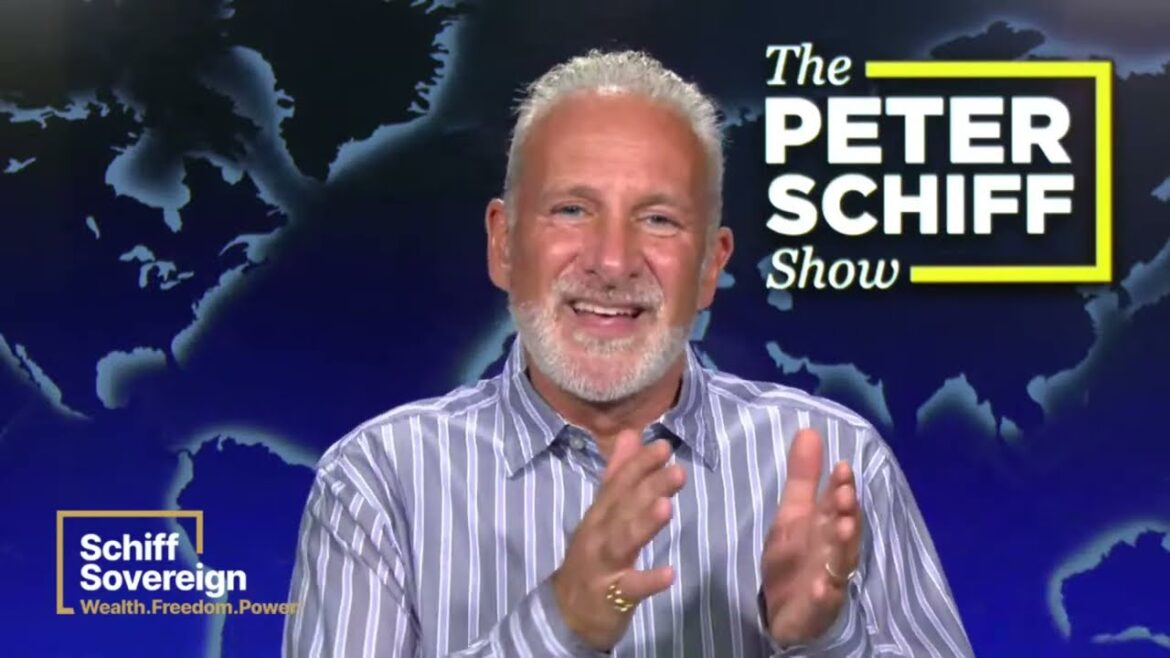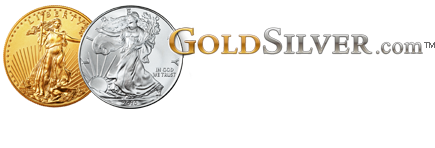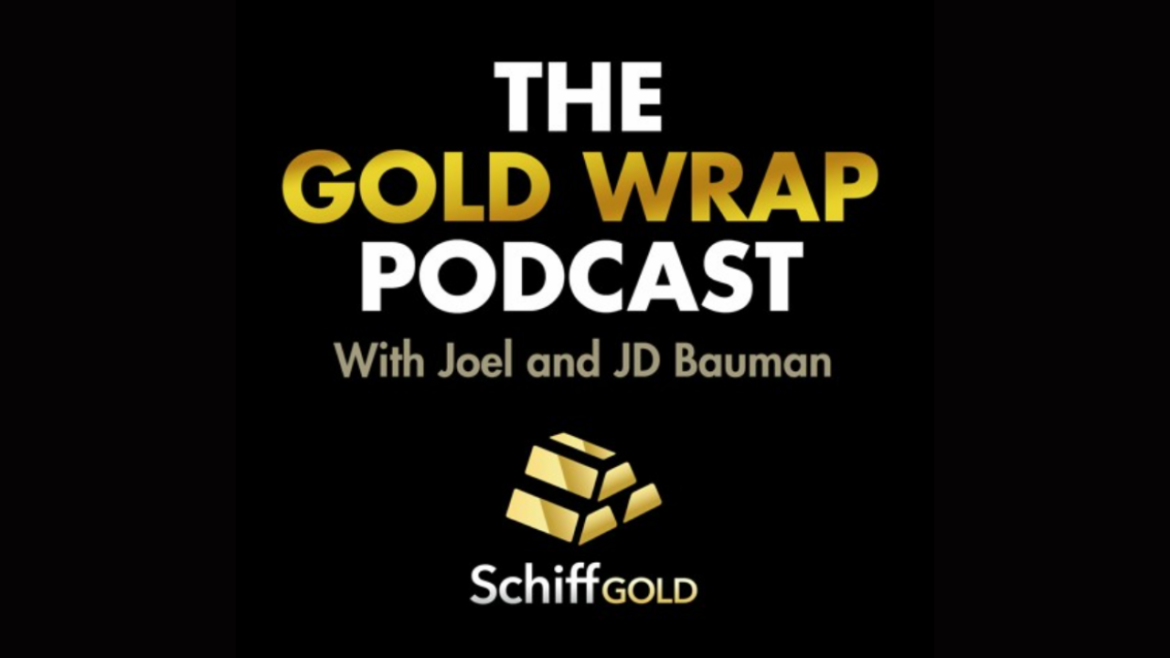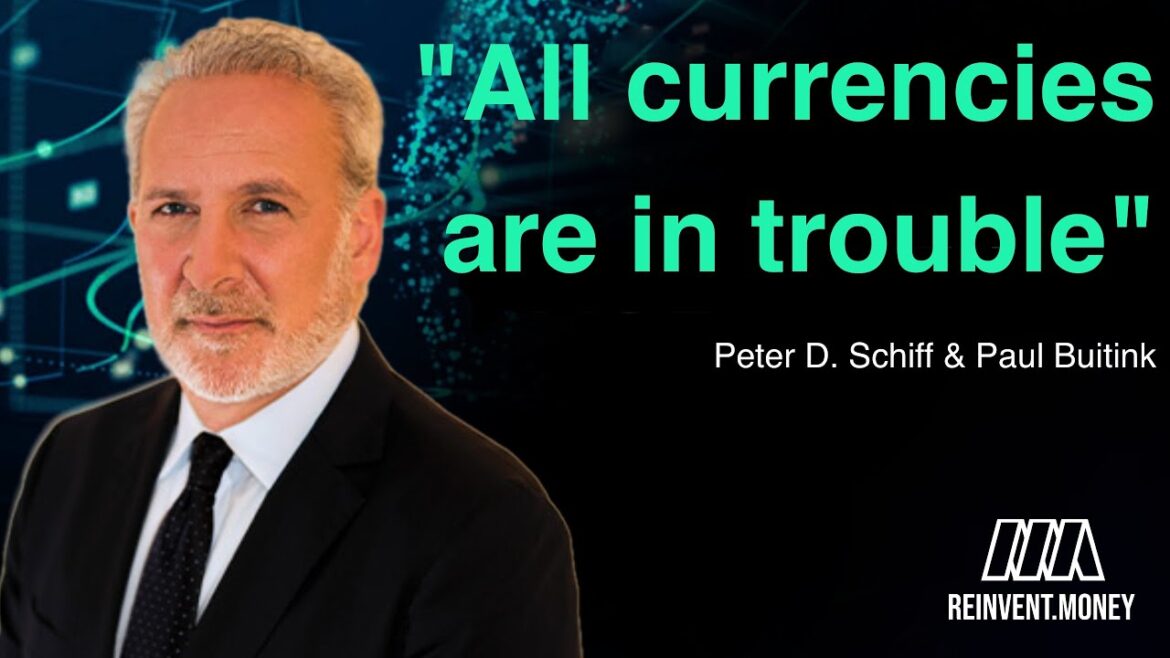Gold has all the potential to go unprecedentedly high. But silver will be gold on
Site:
Precious metals news
Target is reducing prices on over 5,000 items, including household staples and name brands, to attract shoppers deterred by inflation. Starting immediately, cuts on more than 1,500 items are in effect, with more reductions throughout the summer, saving consumers millions. This move follows similar actions by other retailers like Ikea and Aldi, as inflation has caused consumers to cut back on spending over the past year.
Amid ongoing tension in the Middle East, Iranian President Ebrahim Raisi and the foreign minister have been confirmed dead Monday after a helicopter crash. The officials’ shocking demise casts additional investor doubt on a region already plagued by economic upheaval, with supply chain uncertainties fueling record-high metal prices this week.
 TOP SILVER MINERS Q1 2024 UPDATE: Silver Miners Are Now Making Significant Profits At $30 Silver
TOP SILVER MINERS Q1 2024 UPDATE: Silver Miners Are Now Making Significant Profits At $30 SilverMay 21, 2024
While the Top Silver Miners barely broke even in Q1 2024, they are certainly rolling in the Dough now with silver over $30. It's incredible how quickly the silver price ran up to nearly $32 on Friday for the first time in over a decade. So, what does this mean for the primary silver miners...
Silver had a spectacular day on Friday, with a closing price of around $31.50/oz. This is the highest close for the metal since February of 2013. In response to this impressive rise, Peter recorded a special video on Friday for SchiffGold.
This week Peter’s back to discuss new economic data, Powell’s recent remarks in the Netherlands, and the Biden administration’s new tariffs. More and more signs point to economic stagflation, but Biden, Powell, and their cronies continue to deflect the blame and increase everyday Americans’ taxes.
Gold prices initially surged to an all-time high on Monday due to safe-haven demand amid increased geopolitical tensions following the death of Iran's president. However, comments from Fed Vice Chair Michael Barr, indicating that interest rates would need to remain high to combat inflation, caused gold to pare its gains, trading around $2,410. Barr's remarks also boosted the US dollar slightly.
Copper prices reached record highs on Monday due to a rally driven by short covering and speculative bets. Copper, primarily used in power, construction, and increasingly in green energy applications like electric vehicles and AI data centers, saw global consumption rise from 10 million metric tons in the late 1980s to 26.5 million tons in 2023. Asia, particularly China, is the largest consumer, with China alone using 14.7 million tons as of 2022.
In a recent appearance on Schwab TV, Alan Hibbard from GoldSilver.com shared valuable insights as to why gold and silver prices...
Fed Vice Chair Michael Barr expressed disappointment with the inflation data for early 2024, indicating that the central bank lacks sufficient evidence to ease monetary policy. He emphasized the need for more time under current restrictive policies to achieve the Fed's 2% inflation target. The Personal Consumption Expenditures price index, the Fed's preferred inflation measure, was 2.7% in March, with little change in recent months.
Gold surged to a record high of $2,450.07 an ounce, driven by rising expectations that the Federal Reserve will cut interest rates this year and by increasing geopolitical tensions in the Middle East. The recent decline in the US dollar and lower Treasury yields, following better-than-expected inflation data, also supported the precious metal's rise.
This was my interview with Tom at Palisades Radio, during which I shared my Bitcoin Mining Ponzi Scheme presentation. I highly recommend it if you haven't yet watched it. The Bitcoin Mining Industry is using the shareholder as a piggy bank to fund the Bitcoin Red Queen Syndrome...
Gold and silver are up again this week and poised to sail away once the Fed lowers interest rates. Joel and JD discuss recent price action, meme stocks, Fed policy, and what to look out for before prices rise further.
Last week, Peter debated Steve Hanke, professor of economics at Johns Hopkins University, on inflation, the debt crisis, and the future of the dollar. David Lin hosted the debate on The David Lin Report and provided moderation for the event. While Peter and Hanke have their disagreements, both ultimately agree that the United States is in rough fiscal and monetary shape, and terrible monetary policy played a key role in getting it there.
Silver has taken the spotlight, soaring to $30 per ounce and outpacing gold's gains this year. While gold's record-setting rally grabbed headlines, silver's surge, driven by strong financial and industrial demand, has made it one of the top-performing commodities of 2024. The gold-to-silver ratio, which currently stands at about 80 ounces of silver to one ounce of gold, indicates that silver remains relatively undervalued compared to its precious metal counterpart. With industrial applications such as clean-energy technologies fueling demand, silver is expected to continue its upward trajectory, potentially tightening supplies even further and cementing its position as the more dynamic metal in the market.
The US national debt is so out of control that, ironically enough, even the Federal Reserve chair has expressed concern about the problem. And while America is among the top contributors, it isn’t just the US that’s spending money it doesn’t have: after briefly declining in 2023, the global debt-to-GDP ratio is again at an all-time high.
Paul Buitink, host of the Reinvent Money show, recently interviewed Peter on debt in Europe, possible futures for various currencies, and government monitoring of crypto and gold.
The percentage of U.S. adults holding an advanced degree increased by over 3% from 2011-2021. This increase in education is assumed to have a crucial role in America’s increasing economic strength over that time period. The expertise gained from such degrees is supposed to be valuable enough to outweigh the time and money put into grad degrees, both from the student’s perspective and the perspective of the schools and institutions that so often fund graduate degrees.
Silver prices have reached $30 per ounce, marking a significant milestone driven by strong industrial demand and favorable market conditions. This surge reflects investor confidence in the metal's future, bolstered by increasing applications in technology, renewable energy, and electronics. The rally is part of a broader trend in precious metals, silver is now up 5.6% this week.
In an aggressive move to revive its struggling property market, Beijing has unveiled a comprehensive rescue package, including the removal of mortgage rate floors and lowering down payments. The People's Bank of China will inject $42 billion to help government-backed firms purchase unsold homes, converting them into affordable housing. Despite this, analysts warn that the funds may fall short of what’s needed to fully address the housing glut. The market responded positively, with developer shares surging, but experts caution that a lasting recovery will require careful execution and broader financial support.
Amid an ideal investing environment, the Dow Jones Industrial Average has surged past 40,000 for the first time, driven by resilient corporate profits, low unemployment, and easing inflation. Investors are striking gold with gains in diverse markets, including tech stocks, cryptocurrencies, and precious metals. Despite some concerns about government debt and market timing, optimism remains high, with strategists predicting continued growth fueled by advancements in AI and domestic investment. Even risk-averse investors find attractive options in high-yield bonds and CDs, adding to the widespread market exuberance.




